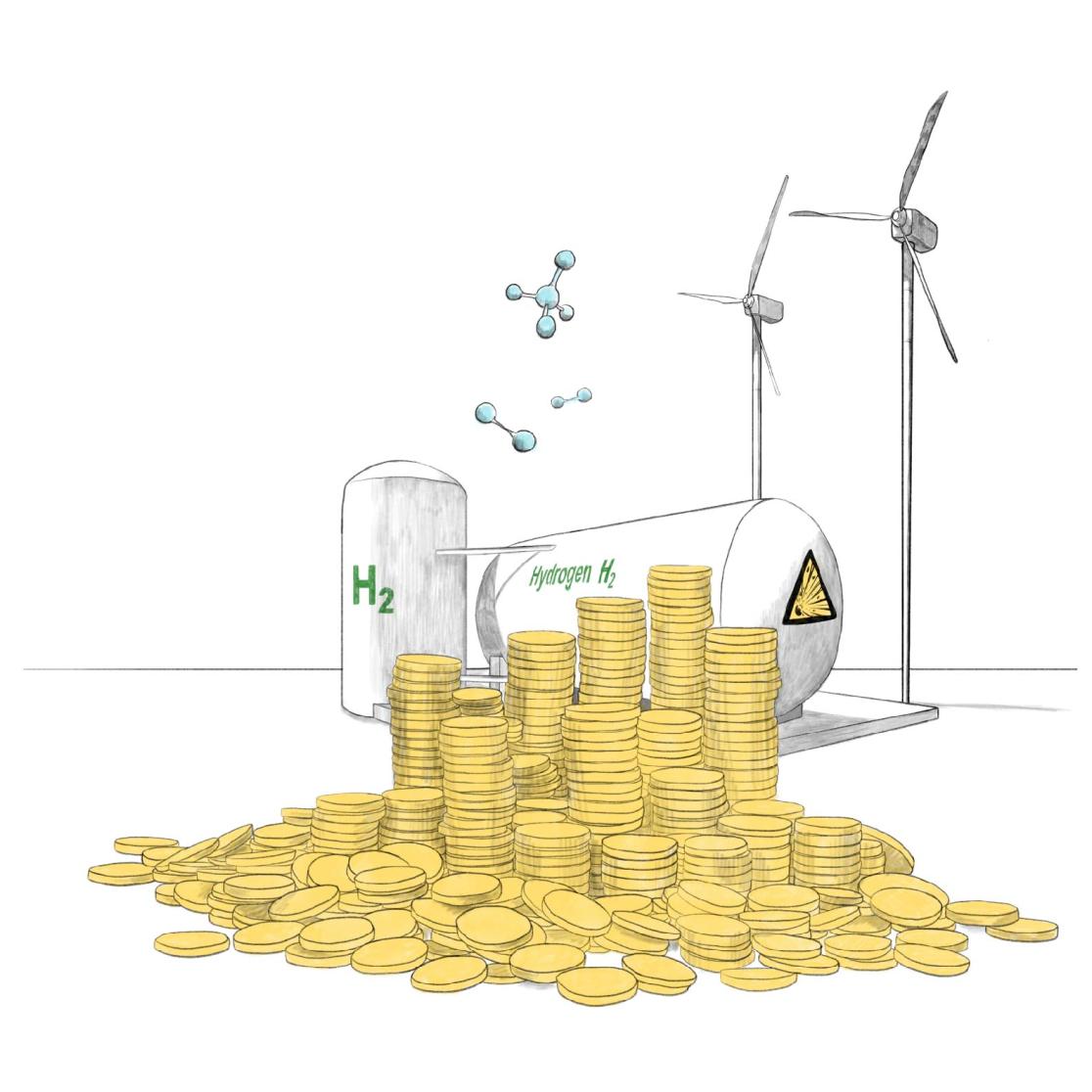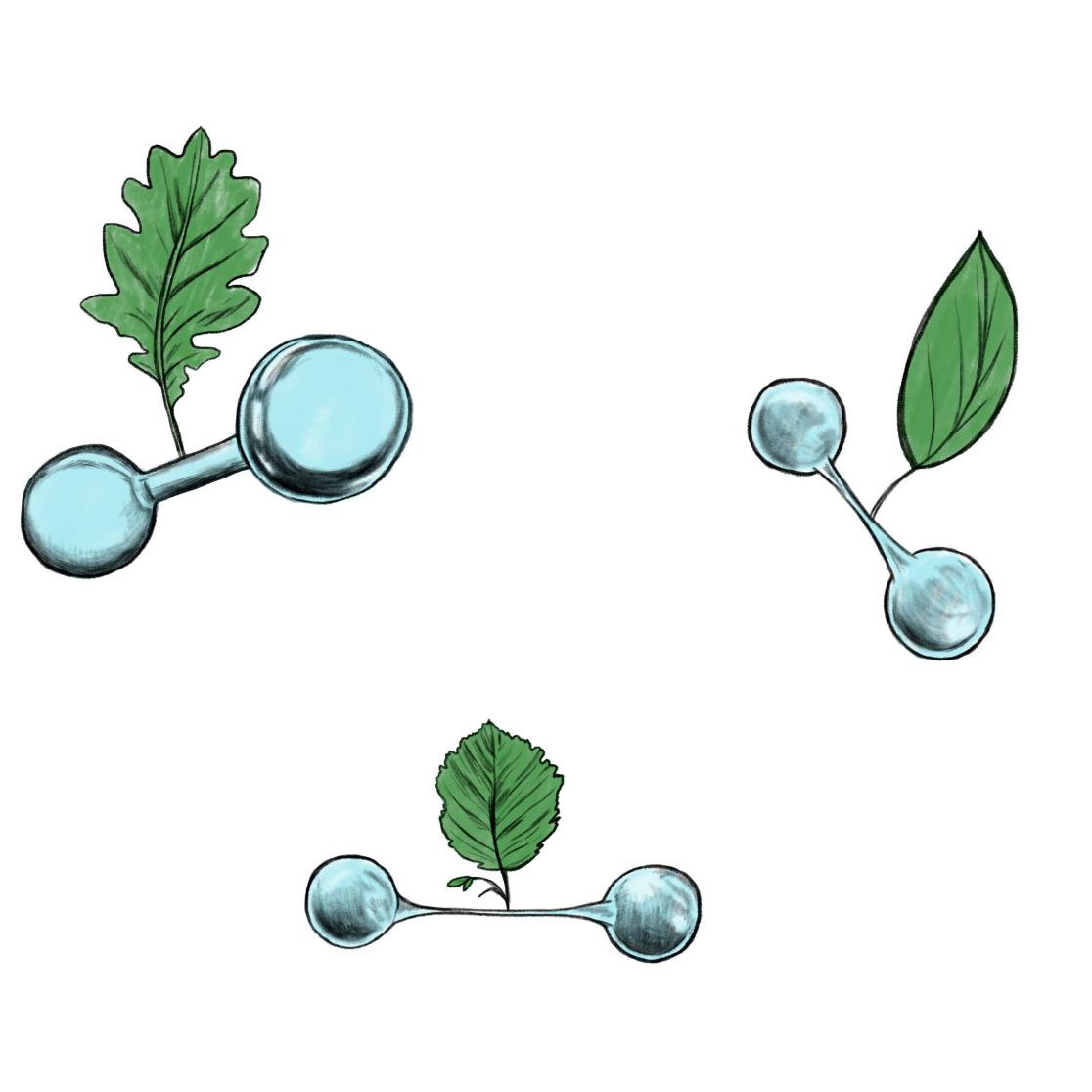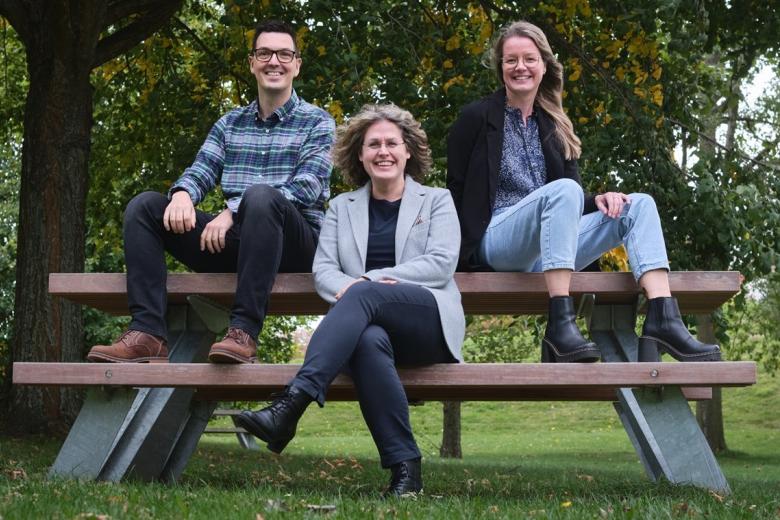It’s not easy being green: the challenges and benefits of international research collaboration
As the world seeks cleaner energy solutions, green hydrogen has emerged as a key component in the transition to a sustainable future. Many governments have drawn up policies to support this technology, but competing priorities mean initiatives often fall short. Fabianna Bacil, a PhD candidate at UNU-MERIT/Maastricht University, is part of an international research group investigating green hydrogen in emerging economies.
Led by UM and supported by the Worldwide Universities Network, their project brings together insights from four continents on policies guiding the development of green hydrogen. The focus is not on technical aspects, but rather on the opportunities it offers for economic development, particularly in contexts where energy solutions can significantly impact emerging markets. “The strategies adopted by Brazil, Chile, China and South Africa are surprisingly varied,” explains Fabianna Bacil. “They’re all developing countries, yet each has its own development path and priorities.”
Money matters
Brazil and China, Bacil says, consider green hydrogen a strategic, but not always a top, policy priority. Their technology-agnostic approach is not focused solely on green hydrogen. For Chile and South Africa, on the other hand, green hydrogen features prominently on their national agendas. Countries invest in the technology for diverse reasons, from pursuing export opportunities, decarbonisation and energy security to fostering socioeconomic benefits, innovation and industrial development.
Each country is also taking a distinct pathway to integrate green hydrogen. Chile has an export-driven strategy for economic growth, while South Africa aims to foster new domestic industries through green hydrogen. But high costs often form an obstacle to these goals. “Green hydrogen is very expensive, making it particularly challenging for developing countries,” Bacil says. They struggle to compete with the subsidies offered by wealthy nations. At the same time, unilateral measures such as carbon taxing taken by countries seeking to develop demand for green alternatives could hamper the competitiveness of production.
There is a stark disparity between government strategies and developments on the ground, the researchers found. In South Africa, for example, the official push to industrialise using green hydrogen is undermined by its expense, which leads producers to focus on exports. “Creating a domestic market would require offering subsidies or similar measures, which can be too expensive for developing economies,” Bacil says.
Next steps for renewable research
As the project concludes, Bacil reflects on what lies ahead for her research. “We’ve learnt an immense amount from this collaboration,” she says. But she also expresses concerns about the potential economic implications of relying solely on green hydrogen exports. This could lead to a scenario known as “Dutch disease,” where the success of one sector harms overall economic health. “We need to consider what will happen if Brazil implements strict environmental policies while other countries don’t. This would be beneficial for the environment, but it could also harm the competitiveness of local companies.”
Additionally, the research uncovered political-economy issues. Interest groups and stakeholders can influence policies and cause delays. The development of green hydrogen could also be stymied by competition from alternative renewable energy sources.
Bacil and her team are intent on sharing their findings with policymakers worldwide. “Each country faces its own barriers and has unique preconditions for the development of a green hydrogen sector. Studying the variations allows us to gain a deeper understanding of the underlying dynamics. This comparative analysis is just the first step towards in-depth research that could help produce more effective policies.”

International collaboration
The research team capitalised on opportunities for international collaboration early on in the project. Face-to-face workshops in Maastricht enhanced teamwork. “Online meetings don’t foster the same level of understanding,” Bacil reflects. “Meeting in person brought us together and showcased our individual expertise.”
She also highlights the value of cross-fertilisation in research. “I was in South Africa when the energy crisis was the big issue, but in discussions with academics and policymakers, I learnt that their primary concerns were the financial implications and job creation rather than energy itself. They wanted to know whether transitioning from a coal-based economy to greener energy would adequately compensate for job losses in the coal sector. They were focused on how to achieve a just energy transition, one that’s fair and inclusive and addresses the needs of young people in the workforce.”
Newfound insight
For Bacil, the project has been transformative. Engaging with experts from diverse backgrounds has shifted her perspective. “The project has made my thinking more flexible,” she says. “I used to believe that export-oriented governments should incentivise companies to pursue green hydrogen. But seeing Chile’s significant production potential showed me that an export-driven approach can make more sense than focusing on domestic markets.
“I now also understand why Brazil’s progress has been slow. Why would it choose to be at the forefront of the green transition? I’ve learnt that there’s no one-size-fits-all solution; policies often can’t be directly translated or copied. This also explains why strategies rarely align with reality. Countries face unique challenges and have to navigate them in their own way, even if they agree on the ultimate goals.”
This newfound insight extends to her expectations about green hydrogen use. “I’ve shifted from an overly optimistic view of its potential to a more realistic one,” she admits. “Research is evolving, market conditions are evolving; I now grasp the complexity of the needs and challenges surrounding green hydrogen.”
Text Theo Tamis
Illustration Ted Struwer

Also read
-
SHE Educates on demand
Within SHE Educates, we are introducing our On Demand courses - courses that can be given anytime during the year, based on your availability and schedule. Below, you can find more information about which courses we offer on demand, as well as and other related information.

-
Introducing the new MHPE Management Team
As of September 1st, 2025, the new MHPE Management team has been installed. Led by Renée Stalmeijer, co-coordinated by Boukje Compen, and further strengthened by Jimmy Frèrejean, the new team is looking forward to building on the strong foundation laid during the curriculum revision.

-
Maastricht University School of Business and Economics honoured at 20th anniversary of Prix FIR-PRI
On 1 October 2025, during the 20th anniversary celebration of the FIR-PRI “Finance & Sustainable Development” Prize in Paris, Maastricht University School of Business and Economics (SBE) received a special recognition for being one of the most awarded institutions in the history of the prize.
Hosted...
